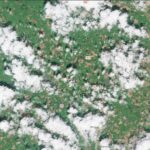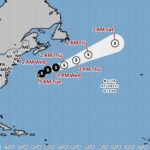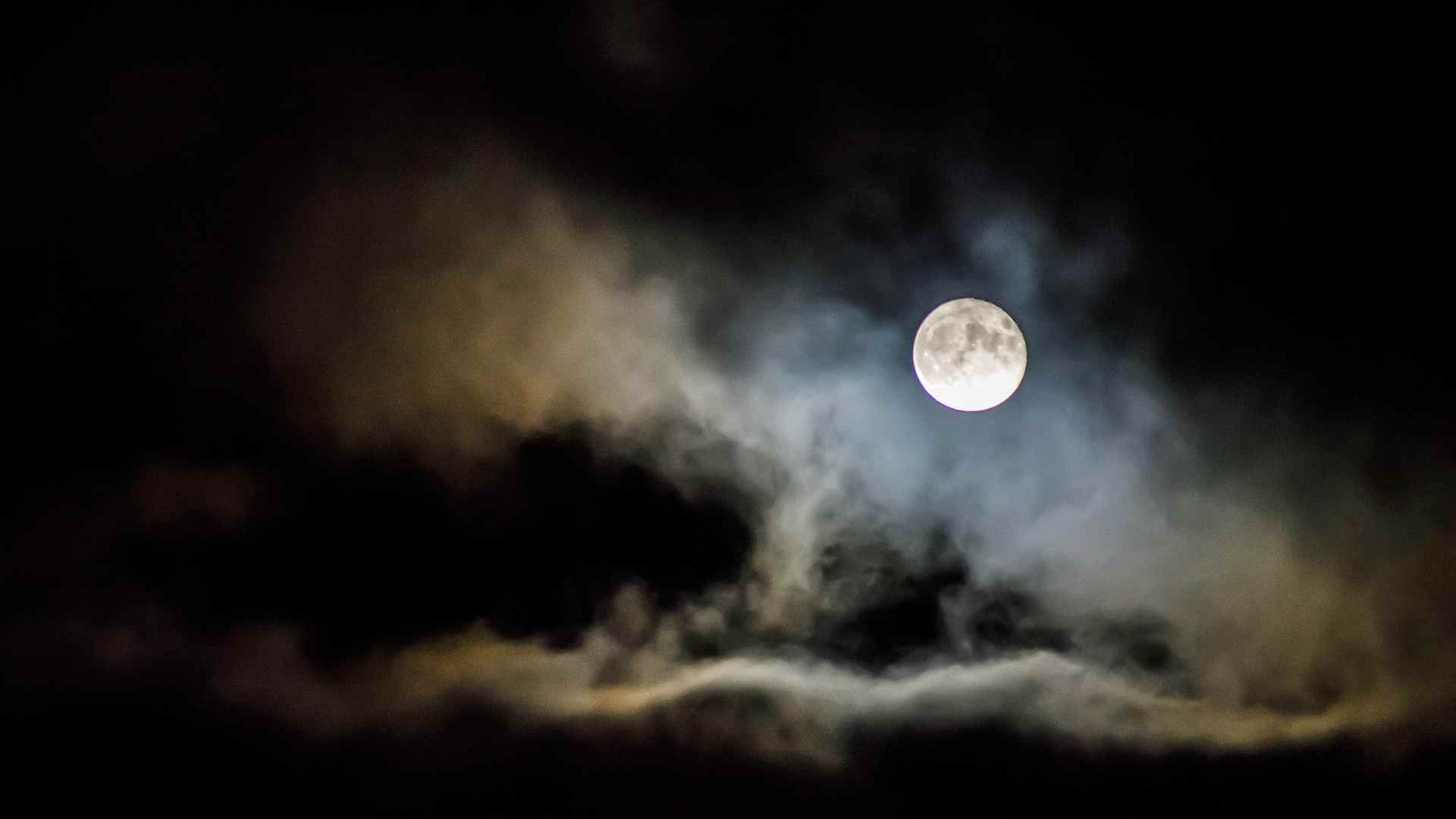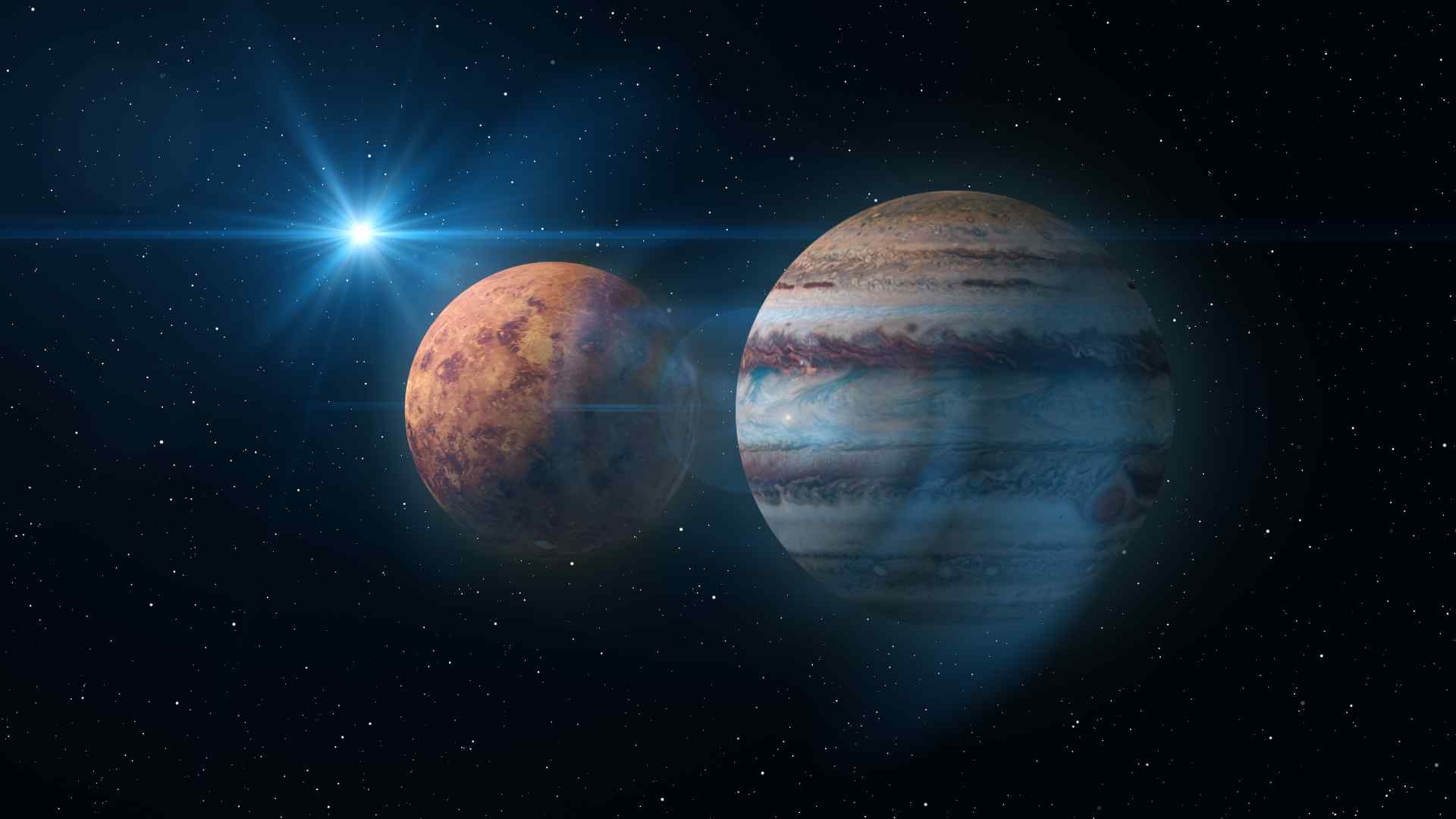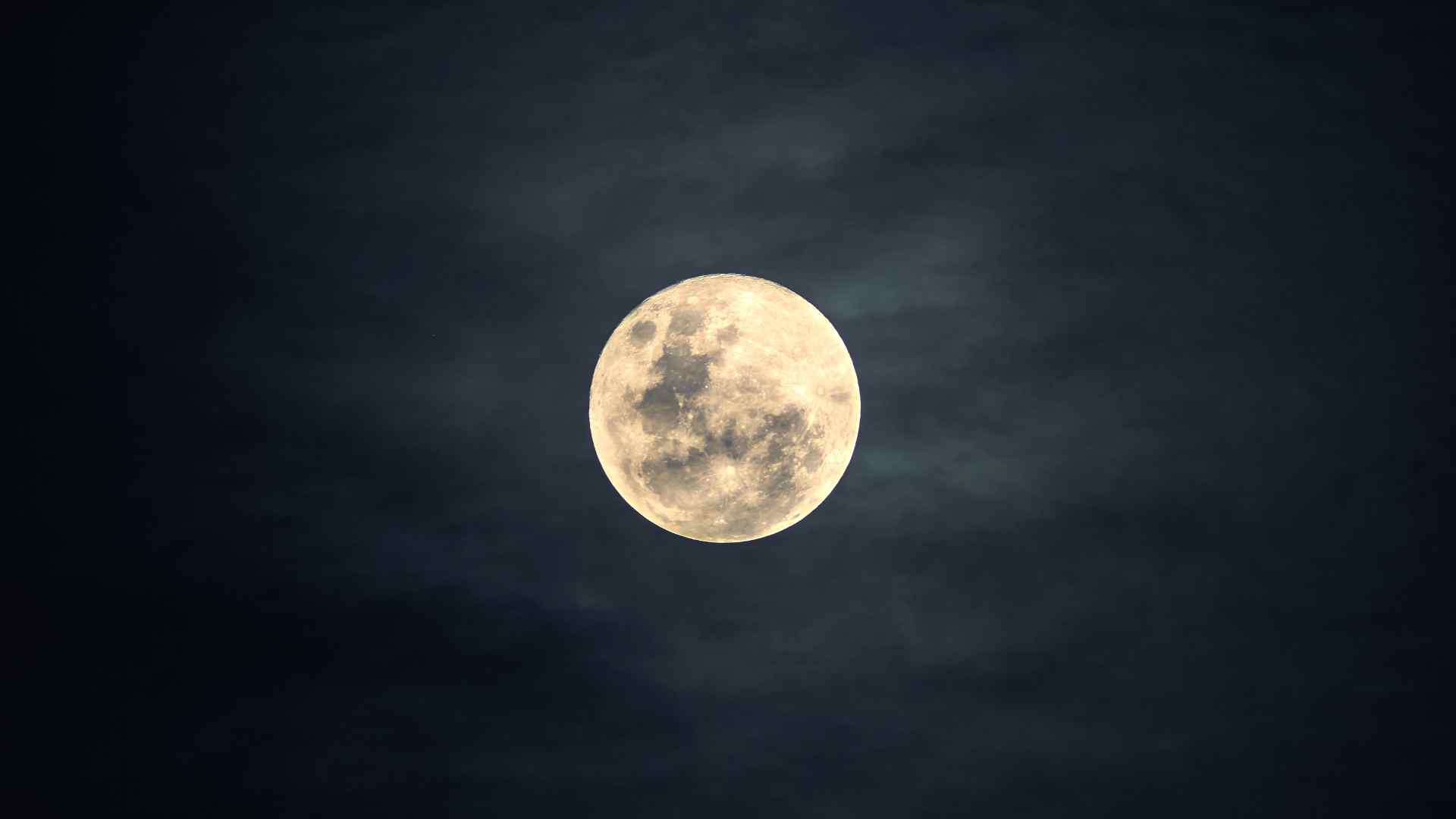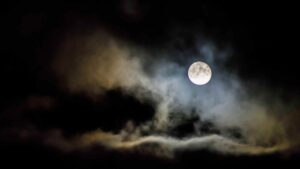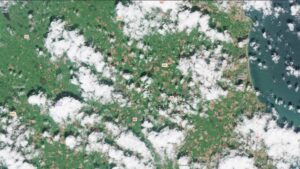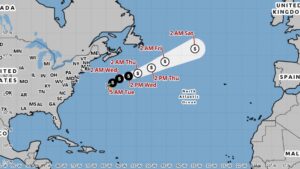
Young Star Caught in Cosmic Blastback
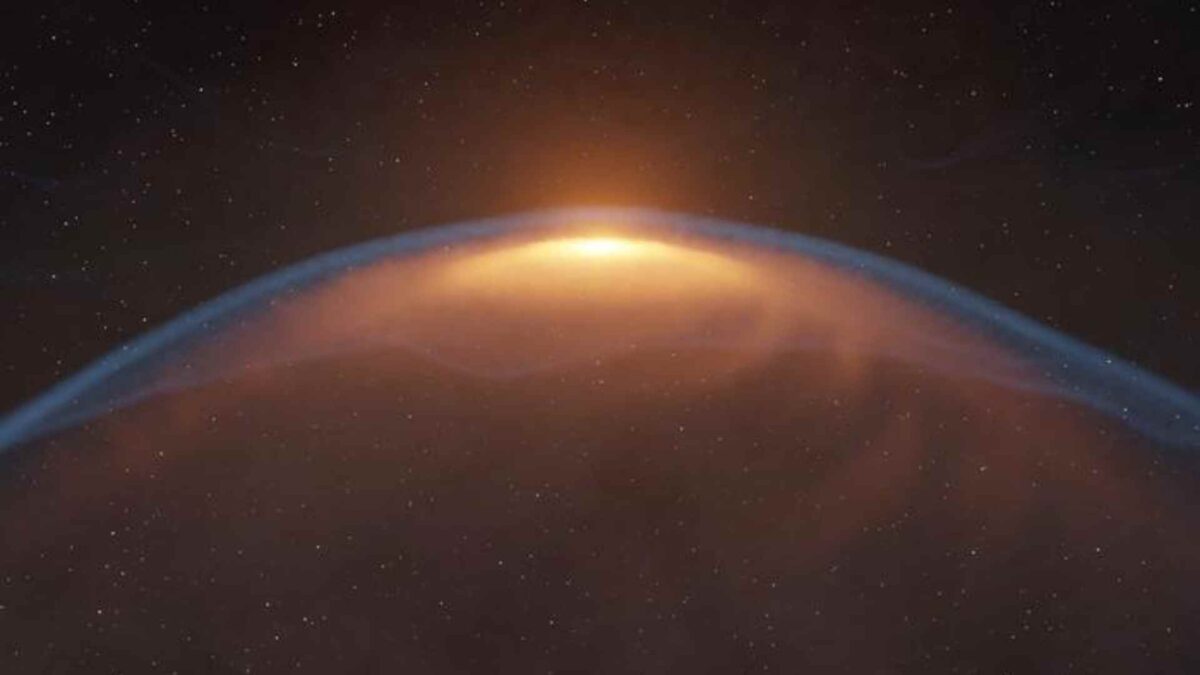
Astronomers have spotted a surprising explosion in space that is pushing back against the very young star that caused it.
If explosions like this are common around newborn stars, it means these stars and their planets face a much harsher environment than previously believed.
Stars and planets form from giant clouds of gas and dust in space. As these clouds collapse under gravity, they spin and flatten into a disk called a protoplanetary disk. While most of the material forms the star and planets, some is blasted away in powerful jets that help the system shed excess matter and energy.
A team of Japanese astronomers found an explosively expanding bubble near one such disk named WSB 52, located about 441 light-years away in the constellation Ophiuchus. Using data from the Atacama Large Millimeter/submillimeter Array (ALMA), they discovered the shockwave from the bubble was colliding with and distorting the disk.
Similar bubbles have been seen around other young stars, but none showed signs of impacting their own disks. This unexpected collision challenges existing theories about star and planet formation.
The researchers found the bubble’s center lined up perfectly with the disk’s rotation axis, meaning a jet from the star likely hit nearby cold gas, causing it to compress and explode into the bubble.
Lead researcher Masataka Aizawa of Ibaraki University said, “In science fiction, beams firing and causing explosions with debris flying back is common. Similar but far stronger events happen in space. This discovery shows how complex nature really is. We want to study how these explosions affect star and planet formation in the future.”
Share this WeathÉire story:



